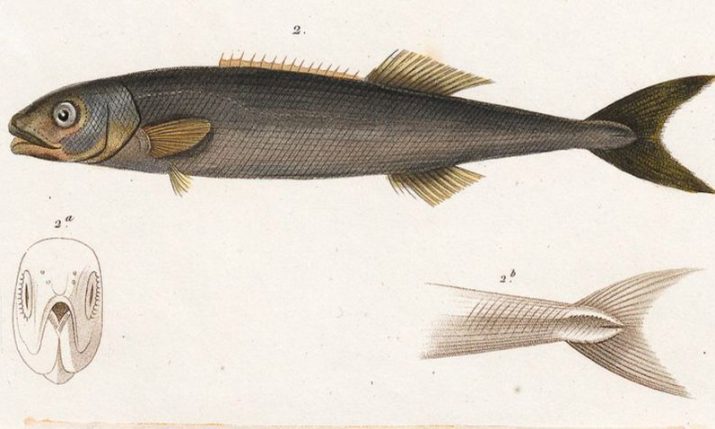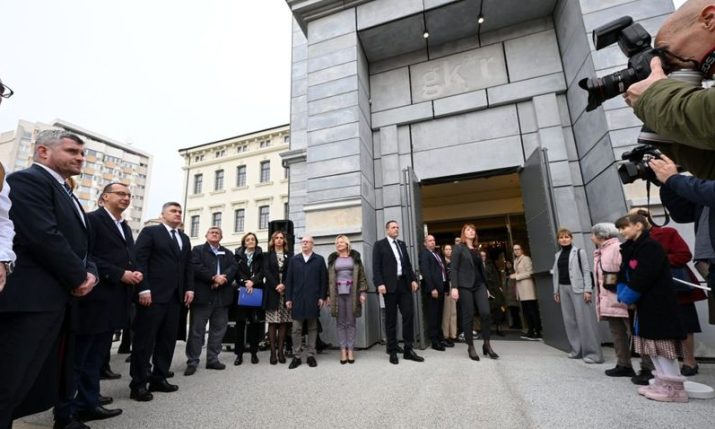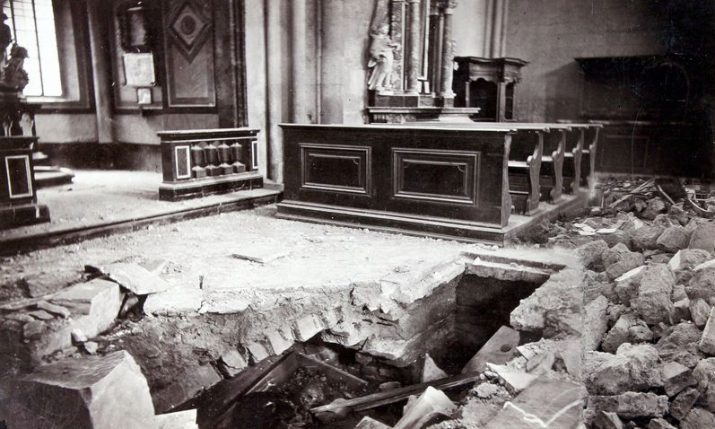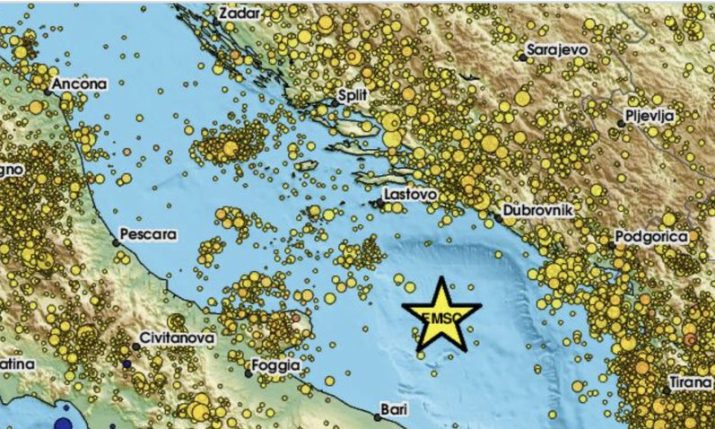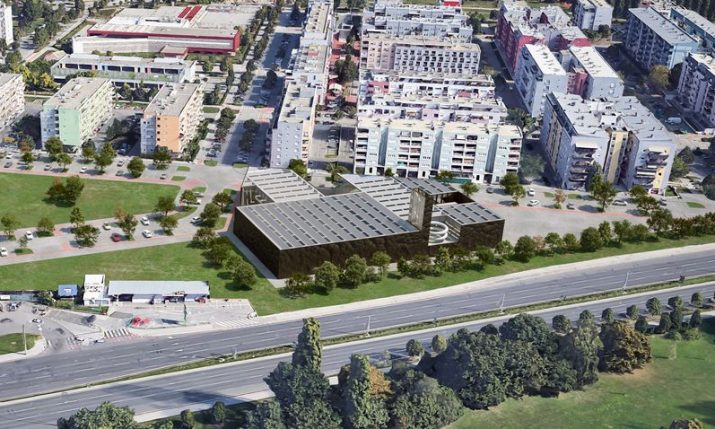The Art of Croatian Puppetry to be taught in American School District
- by croatiaweek
- in News
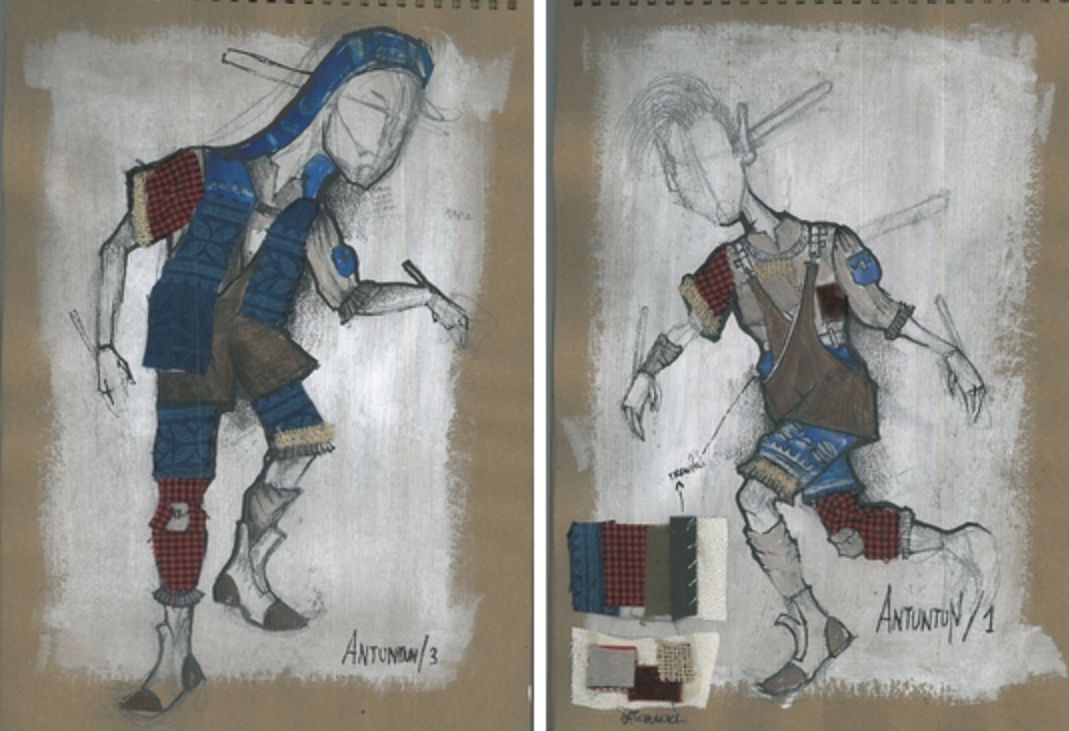
(Image by M.Tomašević)
by Boris Vilic
Years of collaboration between the Academy of Arts and Culture in Osijek, Croatia, and Rider University in New Jersey, USA, resulted in Croatian puppetry becoming a part of the elementary education curriculum in one of New Jersey’s school districts.
The project “The Art of Croatian Puppetry,” with support from Croatia’s State Office for Croats Abroad, New Jersey State Council on the Arts, and the prestigious U.S.A.’s National Endowment for the Arts (NEA), will bring faculty puppeteers from the Academy to New Jersey.
While in the U.S., they will host workshops for Rider students studying acting and mount puppet theater performances for first graders from the local school district. “The play is based on the famous Croatian children’s poem ‘How Lives Antuntun’ by Grigor Vitez and it promotes inclusion by celebrating individual differences among children,” said assist.prof.Tamara Kučinović, a faculty member at the Academy and the play’s director.
The support for this project by the NEA means that a team of prominent American artists reviewed the project and determined that the faculty from the Academy represent the highest level of artistry within that art category.
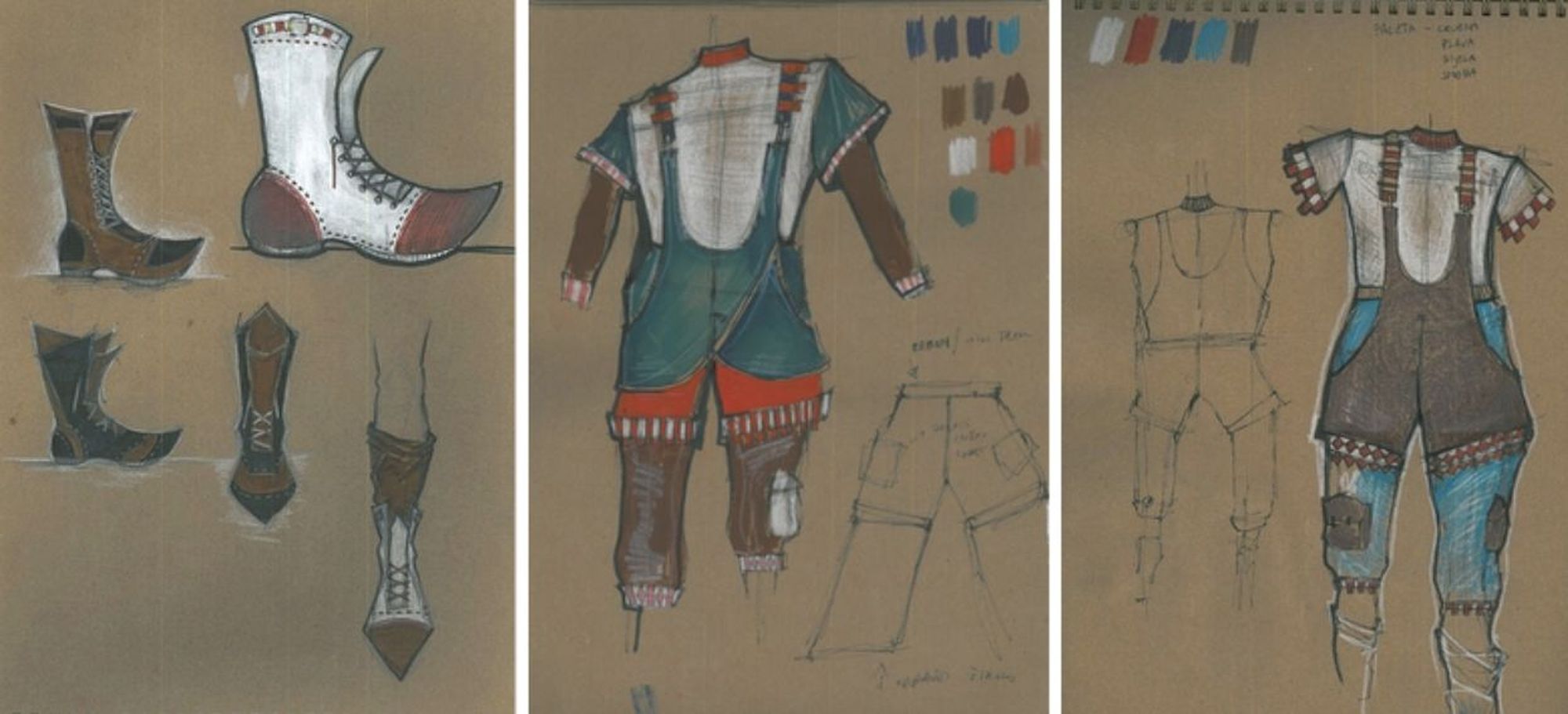
Puppet and set designs created by Mario Tomašević of the Academy of Arts and Culture, Josip Juraj Strossmayer University of Osijek (photos and images by M.Tomašević)
“We incorporated traditional elements of Croatian culture into puppet and set design by introducing checkers and red, white, and blue colors to contemporary clothing and structures. This way, children in the audience will be able to relate to the character and play, but at the same time will be able to get a glimpse of Croatian traditions, culture and arts,” said Mario Tomašević, the puppet and set designer from the Academy. This project is the first project for the promotion of Croatian cultural heritage directly supported by the State of New Jersey.
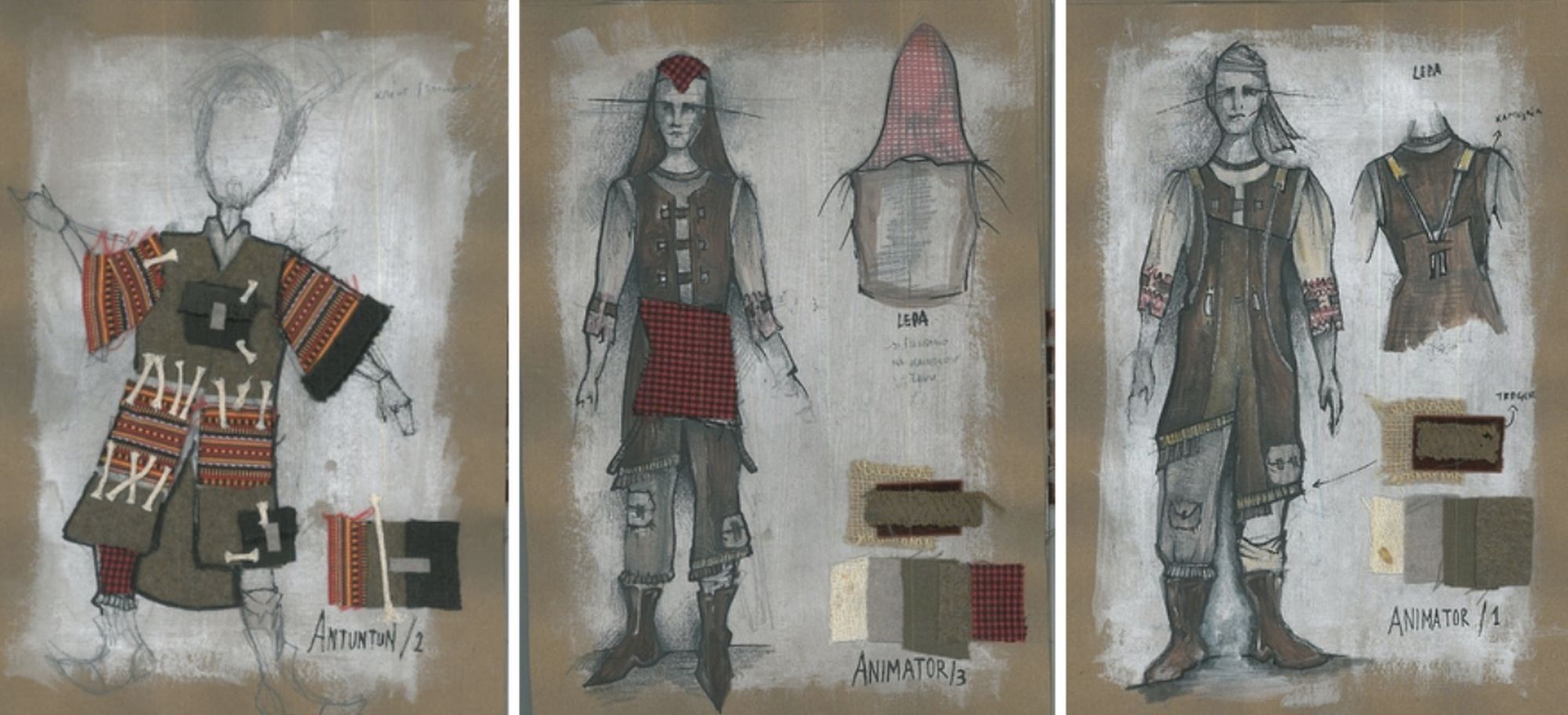
Puppet and set designs created by Mario Tomašević of the Academy of Arts and Culture, Josip Juraj Strossmayer University of Osijek (photos and images by M.Tomašević)
In addition to theatre performances, which had to be postponed due to COVID19, the faculty at the Academy and Rider University collaborated to develop curriculum materials that teachers in elementary schools will utilize as lessons prior to children coming to see the play.
Dr. Kathleen Pierce, a faculty member at Rider’s Department of Graduate Education, and two graduate students, Sarah Caldwell and Megan Beres, developed a Google Classroom site called: How Can Puppets Help Us Tell Stories?. The Google Classroom provides a unit framework for teacher reference and for teachers to use with their first-grade students by incorporating various academic subjects, artistic and social-emotional skills in the exploration of puppetry generally and Croatian puppetry especially. For instance, lessons relating to maps, geography, New Jersey seasons, and family customs are designed to introduce traditions from people and places like Croatia far from New Jersey. The unit includes interviews with artists and faculty, research and references on the value of learning with puppets, how-to video links as well as activities to help young students learn how to write a story script for performance, make sock puppets, design a set for puppet shows, and practice becoming a good audience member.
Many of the first graders who will attend the play and learn about Croatian arts come from impoverished backgrounds and this will be their first exposure to professional arts. Puppet theaters are also a rare find in the United States. “We are happy to be able to impact children through the arts and showcase Croatian culture, as well as continue to develop our Academy’s collaboration with Rider,” said assoc.prof.dr.art. Maja Lučić Vuković, the lead Croatian faculty member on this project and a renowned puppeteer. “We are also happy to perform in the regional Croatian centers for our diaspora,” added Lučić Vuković.
“Following joint projects such as Promoting American Arts and Culture in Croatia, it is wonderful to see Croatian culture being appreciated and invited to the U.S., and funded by prominent agencies, including the NEA”, said assoc.prof.dr.art.Jasmina Pacek, Vice Dean of the Academy of Arts and Culture in Osijek who has been working on developing collaboration with Rider over the years.
“I am pleased to see yet another successful collaboration with Croatia for Rider University,” said Sara Young-Singh, Director of the Center for International Education who spent time in Croatia in 2019 creating partnerships with various educational institutions and visiting the Academy. Given the number of Rider students and faculty who already visited Croatia, we understand how attractive these relationships are to Rider’s educational and cultural learning. In fact, “when we surveyed all of our students about which countries they wanted to visit, Croatia emerged as their number one choice,” added Young-Singh.
In the video below, Mario Tomašević explains the process of puppet making:



